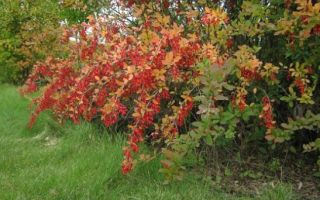Content
- 1 What does barberry look like
- 2 The chemical composition and calorie content of barberry
- 3 Why barberry is useful
- 4 Features of the use of barberry during pregnancy
- 5 The use of barberry in traditional medicine
- 6 The benefits of juice and fruit drink from barberry
- 7 Application in cosmetology
- 8 Collection, harvesting and storage of barberry
- 9 Harm of barberry and contraindications
- 10 Conclusion
For many people, barberry is associated exclusively with sweet and sour candies - but, of course, in fact, the first thing to think about is a plant with such a name. The benefits and harms of barberry are an interesting question for everyone who is not indifferent to culinary delights, folk medicine and home cosmetology.
What does barberry look like
The plant is a tall shrub, sometimes a tree with a large number of curved thorny branches. The leaves of the common barberry are small, oblong, the bark can be brown or brown-gray. Some varieties of barberry shed their foliage for the winter, others belong to the category of evergreens.
The easiest way to recognize the plant is at the end of August, when it produces dark red small fruits. The berries can be almost spherical or elliptical in shape and reach no more than 1.5 cm in length. The plant is found both in the "wild" and in the cultivated form - in home gardens or in the forest and hills.

The chemical composition and calorie content of barberry
The fruits of the plant are very low in calories. 100 g of berries contain only 29 calories, there are absolutely no proteins and fats, and the share of carbohydrates is 7.9 g. The main benefit of barberry berries is in their vitamin and acid composition. In particular, when eating fruits, the body receives:
- a whole complex of vitamins, including A and C, beta-carotene;
- several organic acids at once - malic and citric, tartaric;
- fiber useful for digestion;
- valuable trace elements - calcium and copper, zinc and iron, potassium and magnesium;
- rare elements cobalt, lead, selenium, nickel, strontium and molybdenum.
In addition, barberry contains a wide range of tannins, essential oils and resins.
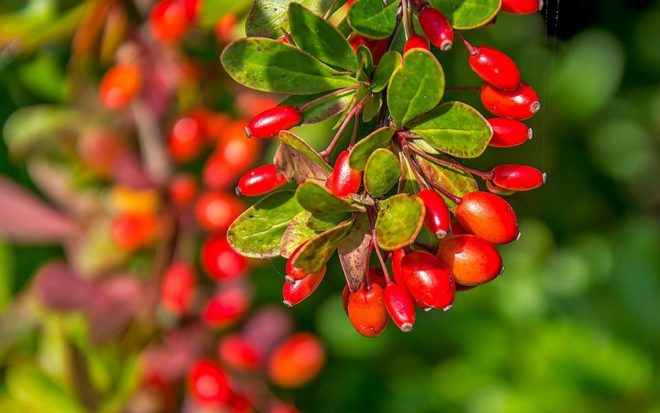
Why barberry is useful
What are the benefits of fruits and other plant parts for the body? The medicinal properties of barberry are expressed in the fact that it:
- relieves pain;
- relieves fever and fights inflammation;
- cleans the blood and helps stop bleeding;
- promotes resorption of tumors and edema;
- normalizes bowel function;
- has a choleretic effect.
In addition, fresh fruits and infusions based on the plant generally strengthen the immune system. Therefore, the greatest benefit from them will be in the autumn-winter period.
For women
The benefit of barberry for women is that it helps to endure menstruation with less discomfort and stops uterine bleeding. Also, tea with barberry contributes to weight loss, and vitamins and valuable trace elements present in the plant support the health and attractiveness of the skin.
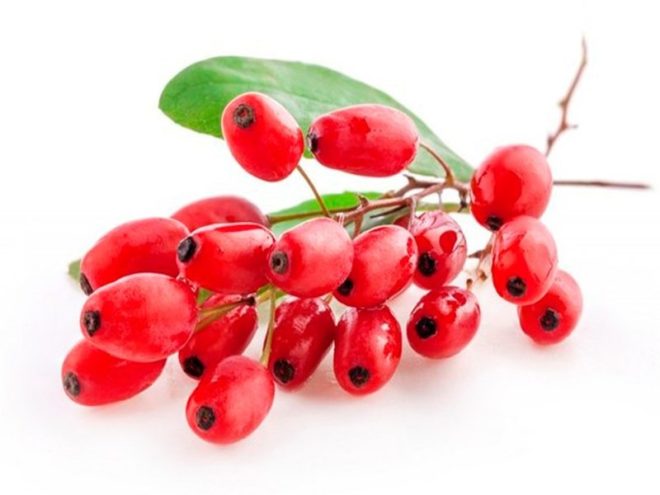
For men
The plant helps well with exacerbations of prostatitis and inflammatory diseases of the genitourinary system, as it effectively fights infections. Decoctions of barberry fruits are recommended to drink to increase potency. The benefits of the plant for athletes and men engaged in hard physical labor is that barberry contributes to the early healing of wounds, sprains and other injuries.
For children
The plant can cause severe allergies, moreover, it is harmful to health in large quantities. Therefore, it is recommended to offer it to children no earlier than 12 years old - in any form. However, at the same time, barberry has great benefits for diabetics, as it quickly lowers sugar levels. In the diet of children suffering from this ailment, barberry can be introduced in small quantities, but only after permission from a doctor.
Slimming
For those who lose weight, the plant also has benefits, since it triggers the processes of fat burning in the body and muffles the feeling of hunger. Adding barberry to tea will help you tolerate your diet more easily and reach your goal faster.

Features of the use of barberry during pregnancy
For women in position, the plant is not contraindicated, but you need to approach it with caution. It is best to use small amounts of fruit jams and compotes, but avoid fresh berries.
The fact is that the alkaloids that are present in the fruits of barberry are harmful to both the baby and the mother. In an unfavorable combination of circumstances, they can even lead to a miscarriage, since they provoke uterine contractions.
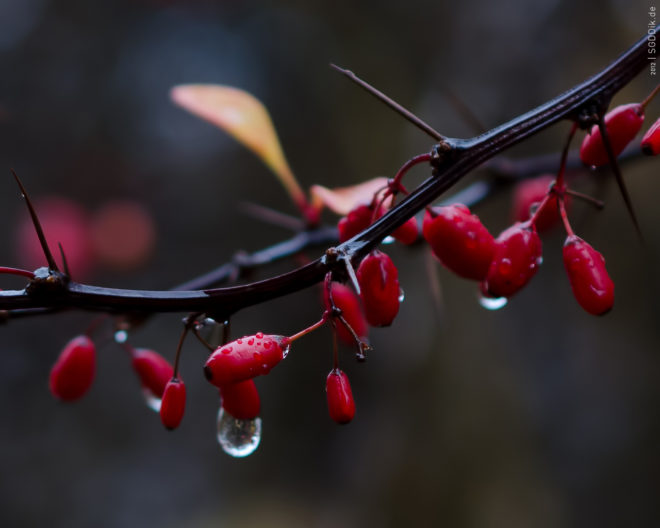
The use of barberry in traditional medicine
The plant is highly valued in folk medicine because it helps with:
- rheumatism;
- inflammation;
- convulsions;
- fungal diseases;
- ailments of the gallbladder and biliary tract;
- bronchitis and sinusitis;
- dermatitis and skin injuries;
- conjunctivitis.
As a rule, recipes for drinks based on barberry are used for treatment. Moreover, not only fruits are used in them, but also other parts of the plant.
Decoction of barberry root
With various inflammations and especially with gum diseases, the medicinal properties of the barberry root help well. A pinch of dry root is poured into a glass of water, brought to a boil and cooked over low heat for about 15 minutes. The cooled and strained broth is consumed three times a day for 1 glass.
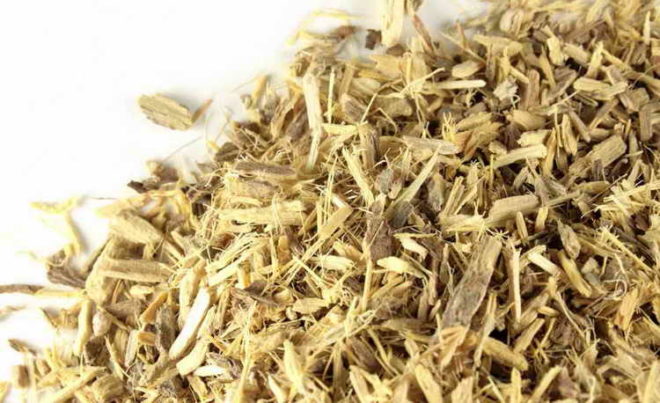
Decoction of fruits
Great benefit for the heart and blood vessels will be from the berry decoction of barberry. It can be prepared from both fresh and dried fruits.
- A small handful of berries are carefully crushed with a rolling pin, poured with water and put on fire.
- After boiling, the berries should be cooked over low heat under a lid for no more than 15 minutes.
- The finished broth is infused for 2 hours, then filtered. Drink it a tablespoon three times a day.
Decoction of leaves and flowers
Nausea and stomach upsets will benefit from a decoction of barberry flowers and leaves.
- 2 teaspoons of chopped flowers or leaves are poured with boiling water, then boiled for 5 - 7 minutes.
- Within an hour, the broth is infused, then thoroughly filtered and refilled with water.
- Take a drink several sips three times a day.
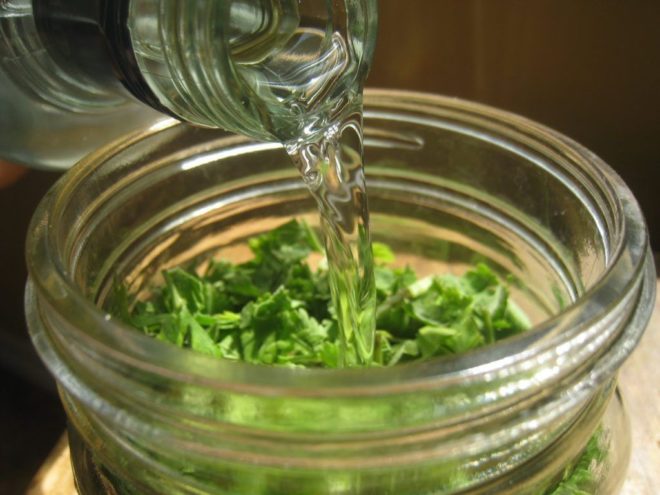
Tincture
An alcoholic tincture is made on the basis of barberry - it will be useful in case of problems with the gallbladder or liver. The drink is prepared simply - a small handful of barberry leaves is poured with vodka (1:10), then it is infused for 2 weeks and taken in a teaspoon as needed.
Barberry tea
Healing tea can be made from the leaves and fruits of the plant - it will be useful for diarrhea due to the large amount of astringent components.Leaves and berries are taken in equal parts, a teaspoon each, poured into a teapot and poured with boiling water. Withstand tea for about 30 minutes, and then drink 3-4 sips three times a day.
The drink helps not only with intestinal upset, but also with gastritis, ulcers and inflammation.
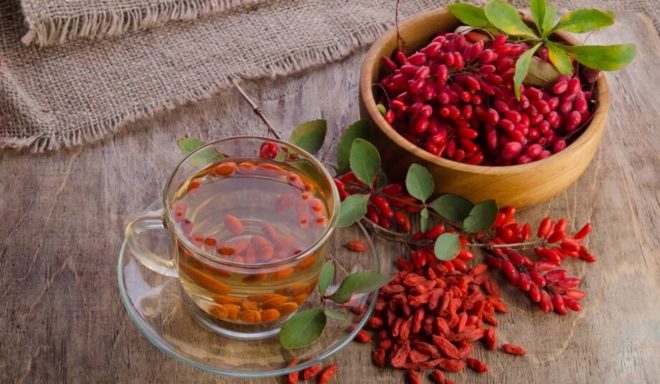
The benefits of juice and fruit drink from barberry
The simplest drink based on barberry berries is fresh vitamin juice. All it needs is some berries and water. The berries are processed in a juicer or squeezed by hand, and then diluted with water until the taste of the drink becomes pleasant. Juice helps to cleanse the body of toxins well, normalizes kidney function.
Another uncomplicated drink is barberry juice. To prepare it, you need to crush fresh berries with a rolling pin, mix them with sugar, and then pour water and put on the stove. The fruit drink is cooked under the lid for about 15 minutes, then cooled and strained. They drink it three times a day in a glass to increase immunity and cope with colds.
Application in cosmetology
The vitamin composition of barberry makes it a frequent ingredient in cosmetic products - masks, lotions, creams and scrubs. You can use the fruits of the plant for these purposes at home. For example, you can wash your face with a decoction of berries or leaves in the morning to smooth and whiten your skin. You can rinse your hair with a barberry broth - it will become stronger and thicker. It is useful to arrange nail baths from barberry juice.

Collection, harvesting and storage of barberry
Different parts of the plant are harvested at different times of the year.
- So, the bark of barberry is harvested in April and May, while the juice is actively moving along it.
- The roots are usually picked in October, the leaves are harvested in June.
- Berry picking should be planned for August, or even September, since only ripe fruits are needed.
Usually, parts of the plant are kept dry. The bark, roots, leaves and fruits are dried under the same conditions - in the shade, but with good ventilation.
Subject to the correct storage conditions (shade and dryness), the benefits of dried berries last up to 2 years, leaves - up to 1.5 years, roots and bark - up to 3 years.
Tip: fresh berries are stored for no more than 1.5 months, and if you do not plan to immediately prepare juice or fruit drink, it is better to dry them so that the fruits do not disappear.
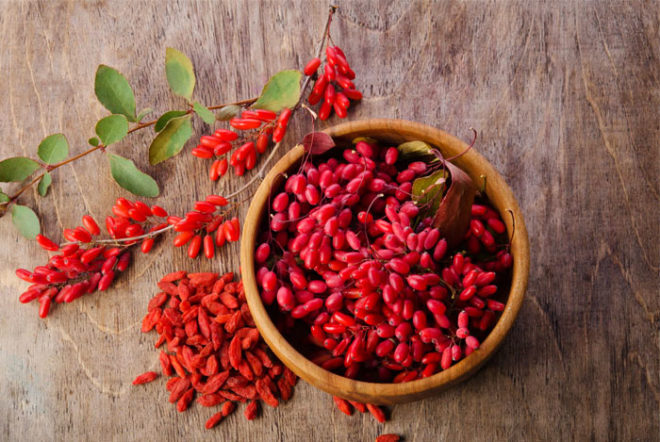
Harm of barberry and contraindications
There are few contraindications for barberry, but they are quite strict. The plant can be harmful when:
- allergies;
- pregnancy;
- breastfeeding;
- serious heart disease;
- cirrhosis of the liver and stones in the gallbladder.
It is necessary to carefully monitor the ripeness of the berries. Fruits and drinks based on the plant should not be consumed in large quantities - this can cause nausea, dizziness and seizures.
Conclusion
The benefits and harms of barberry mainly depend on the dosage of drinks based on this plant. It is also very important to monitor the ripeness of the berries. When used wisely, barberry will strengthen the body - and bring relief from many chronic ailments.

